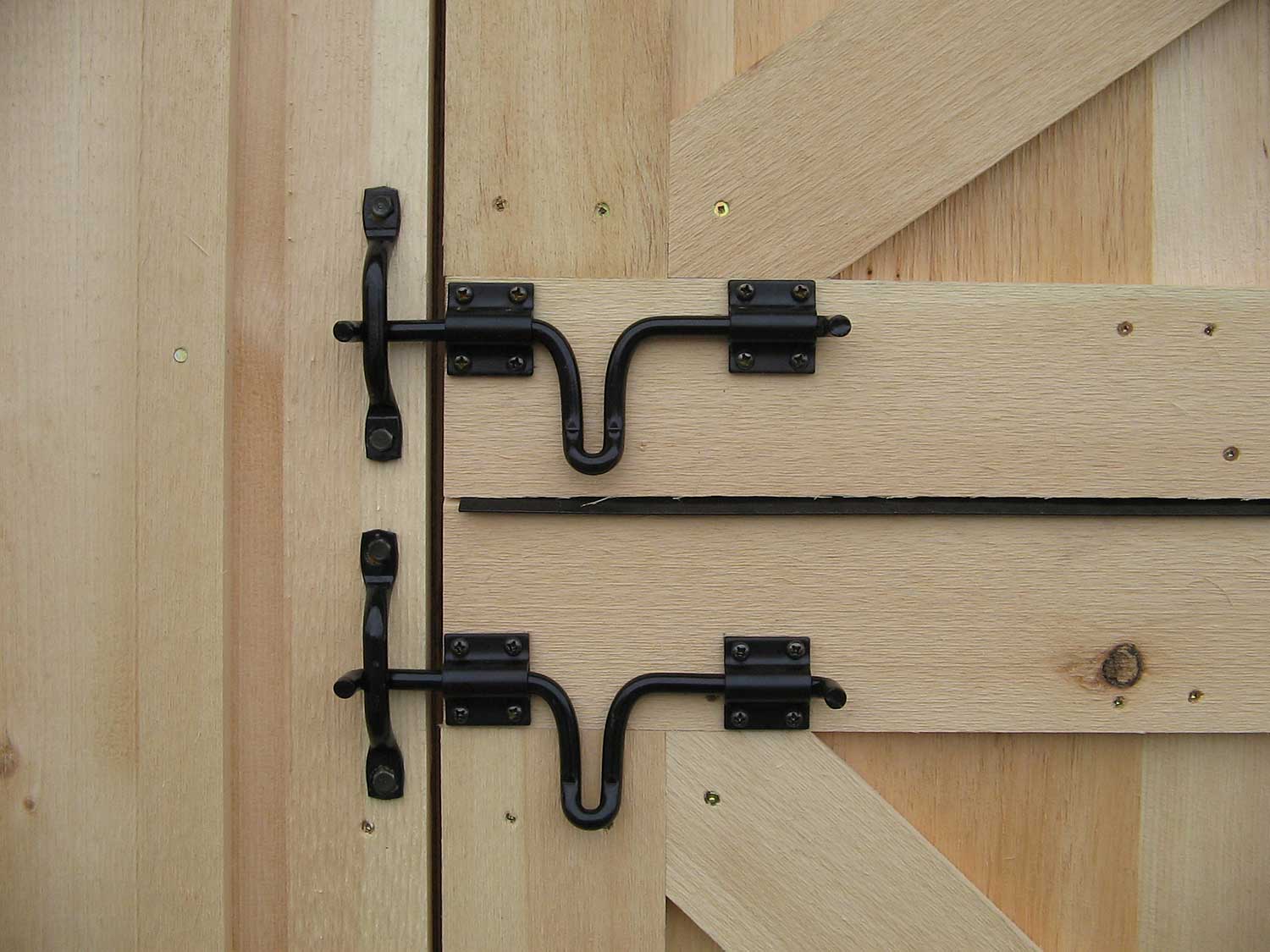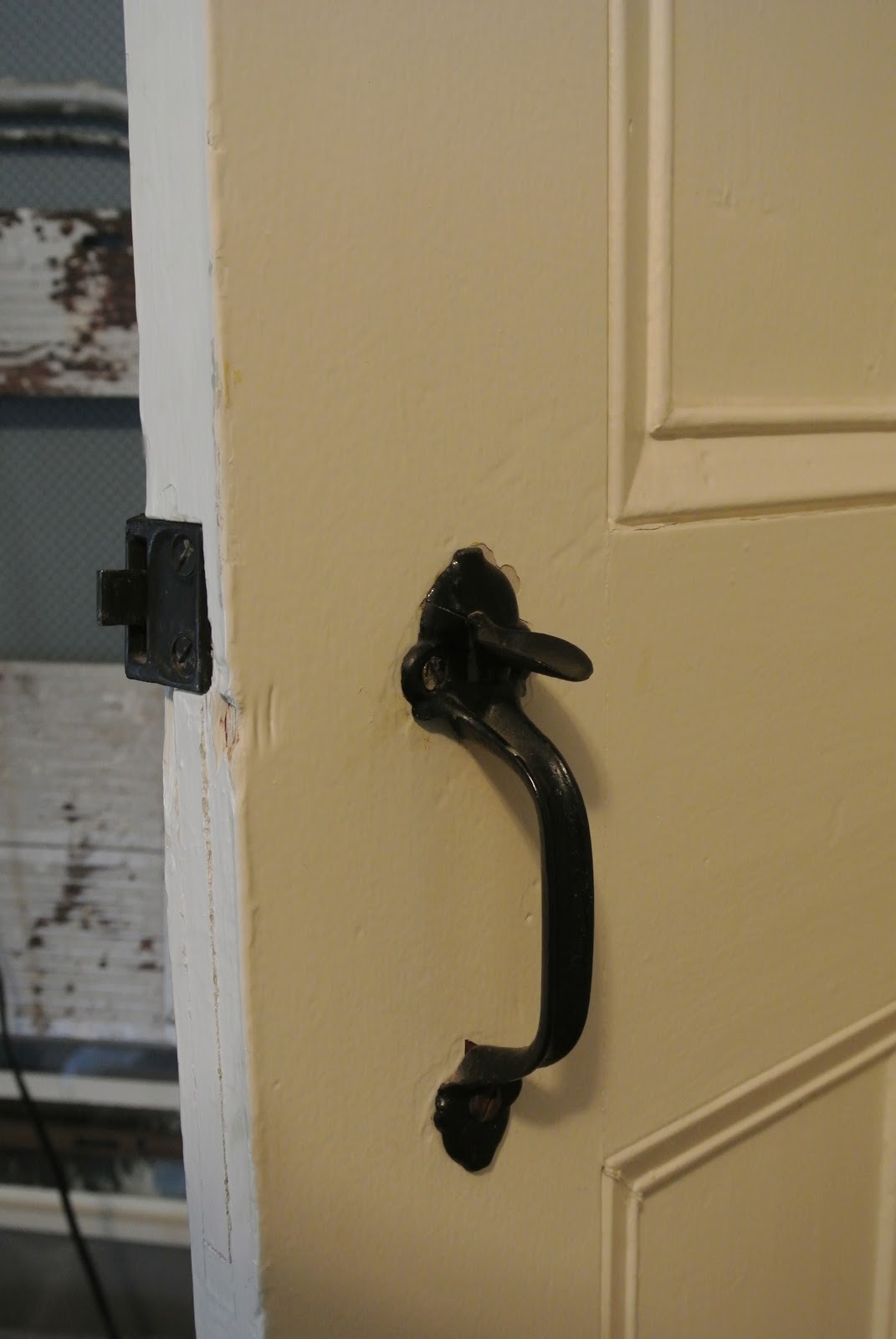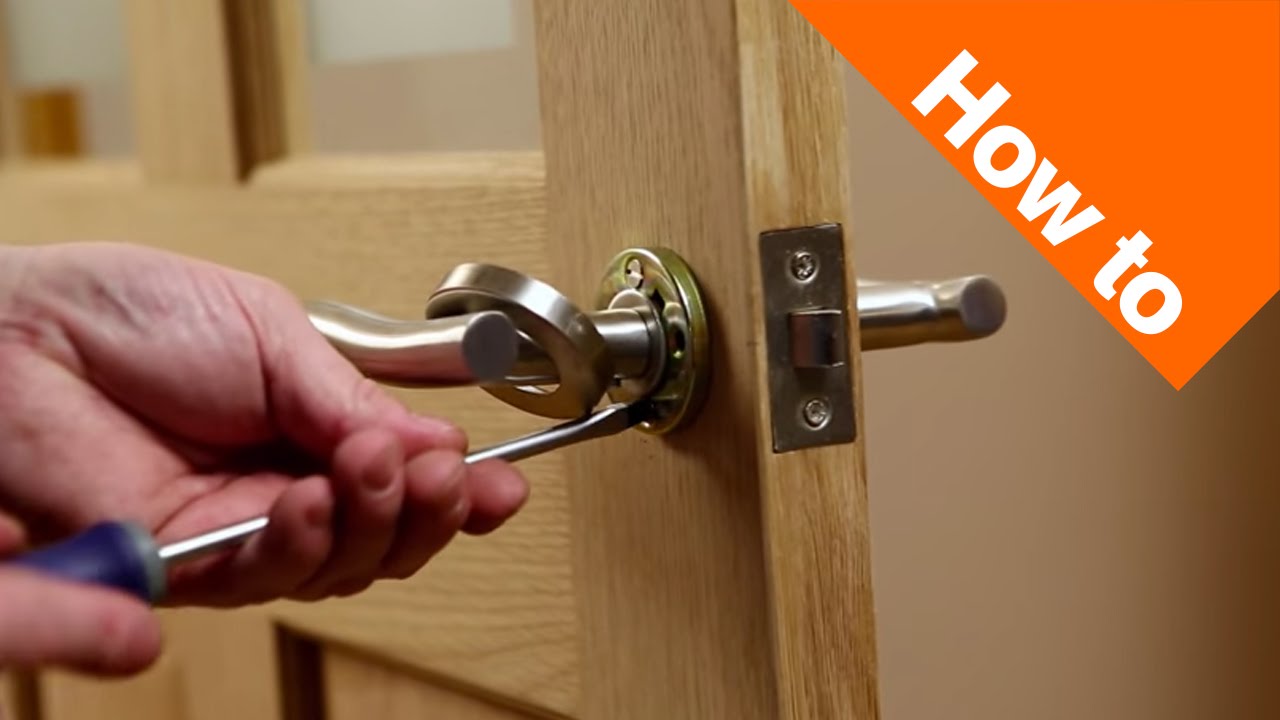If you've been struggling with your interior doors not latching properly, you're not alone. This is a common problem that many homeowners face, and it can be quite frustrating. Not only is it inconvenient, but it can also affect the privacy and security of your home. In this article, we'll discuss the top 10 reasons why your interior doors latch is not catching and what you can do to fix it.Reasons Why Your Interior Doors Latch is Not Catching Properly
One of the most common reasons why your interior doors latch is not catching is because the door itself is misaligned. This can happen due to several factors, such as the settling of the house, changes in humidity, or even improper installation. When the door is not aligned properly, the latch and the strike plate do not line up, making it difficult for the latch to catch.1. Misaligned Door
The strike plate is the metal plate attached to the door frame that the latch slides into when the door is closed. If the strike plate is loose, the latch will not be able to catch properly. This can happen due to wear and tear over time or from constant use. Check the strike plate and tighten any loose screws to ensure a secure fit.2. Loose Strike Plate
Over time, the latch itself can wear out, making it difficult for it to catch properly. This is especially common with older doors that have been in use for many years. If you notice that the latch is worn or damaged, it's best to replace it with a new one to ensure proper functionality.3. Worn Out Latch
In some cases, the latch may get stuck due to debris or dirt buildup inside the mechanism. This can prevent it from moving freely and catching onto the strike plate. Use a lubricant to clean and loosen the latch, and it should start working properly again.4. Stuck Latch
Just like the latch, the strike plate can also become damaged over time. This is especially common if the door is frequently slammed shut. If the strike plate is chipped or bent, it will not align properly with the latch, causing it not to catch. Replace the strike plate if necessary.5. Damaged Strike Plate
In some cases, the door itself may be warped, making it difficult for the latch to catch. This can happen due to changes in temperature or humidity, or if the door has been exposed to moisture. If you notice that your door is not closing properly, check for any warping and make necessary adjustments.6. Warped Door
Loose hinges can also cause your interior doors to not latch properly. When the hinges are loose, it affects the alignment of the door and can prevent the latch from catching. Check for any loose screws and tighten them to ensure a secure fit.7. Loose Hinges
If your door has been painted multiple times without proper sanding in between, it can result in a buildup of paint around the latch and strike plate. This can prevent the latch from catching properly. Use a chisel or sandpaper to remove any excess paint and improve the fit of the latch.8. Paint Buildup
In some cases, the door frame may shrink over time, creating a larger gap between the door and the frame. This can make it difficult for the latch to catch properly. If this is the case, you may need to adjust the strike plate or add weather stripping to fill in the gap.9. Shrunken Door Frame
Reasons Why Interior Doors May Not Be Latching Properly

Worn Out Latch Mechanism

If you are experiencing problems with your interior doors not latching properly, one of the main reasons could be a worn-out latch mechanism. Over time, the metal components in the latch can become loose or bent, making it difficult for the latch to catch onto the strike plate. This can be especially common in older homes where the doors have been used frequently over the years.
Improper Installation

Another possible reason for your interior doors not latching properly could be due to improper installation. If the door was not installed correctly or the strike plate is not aligned properly, it can cause the latch to miss the strike plate entirely. This can also happen if the latch is not the correct size for the door. It is important to ensure that the door and its components are properly installed to avoid any issues with latching.
Changes in Humidity

Changes in humidity levels can also affect the latching mechanism of interior doors. When the humidity is high, wooden doors can expand, making it difficult for the latch to fit into the strike plate. Conversely, in dry conditions, the door can shrink, causing the latch to become loose and ineffective. This can be a common issue in homes with fluctuating humidity levels or if the doors are exposed to extreme temperatures.
Loose Hinges

Another factor that can contribute to interior doors not latching properly is loose hinges. If the hinges become loose over time, it can cause the door to hang at an angle, making it difficult for the latch to align with the strike plate. This can also happen if the screws holding the hinges in place become loose. It is important to regularly check and tighten the hinges to ensure that the door is properly aligned.
In conclusion, if you are experiencing problems with your interior doors not latching properly, it is important to identify the root cause of the issue. Whether it is due to a worn-out latch mechanism, improper installation, changes in humidity, or loose hinges, addressing the problem and making necessary repairs can help improve the functionality and aesthetic of your interior doors. With proper maintenance and attention, your doors will continue to function smoothly and securely for years to come.



























